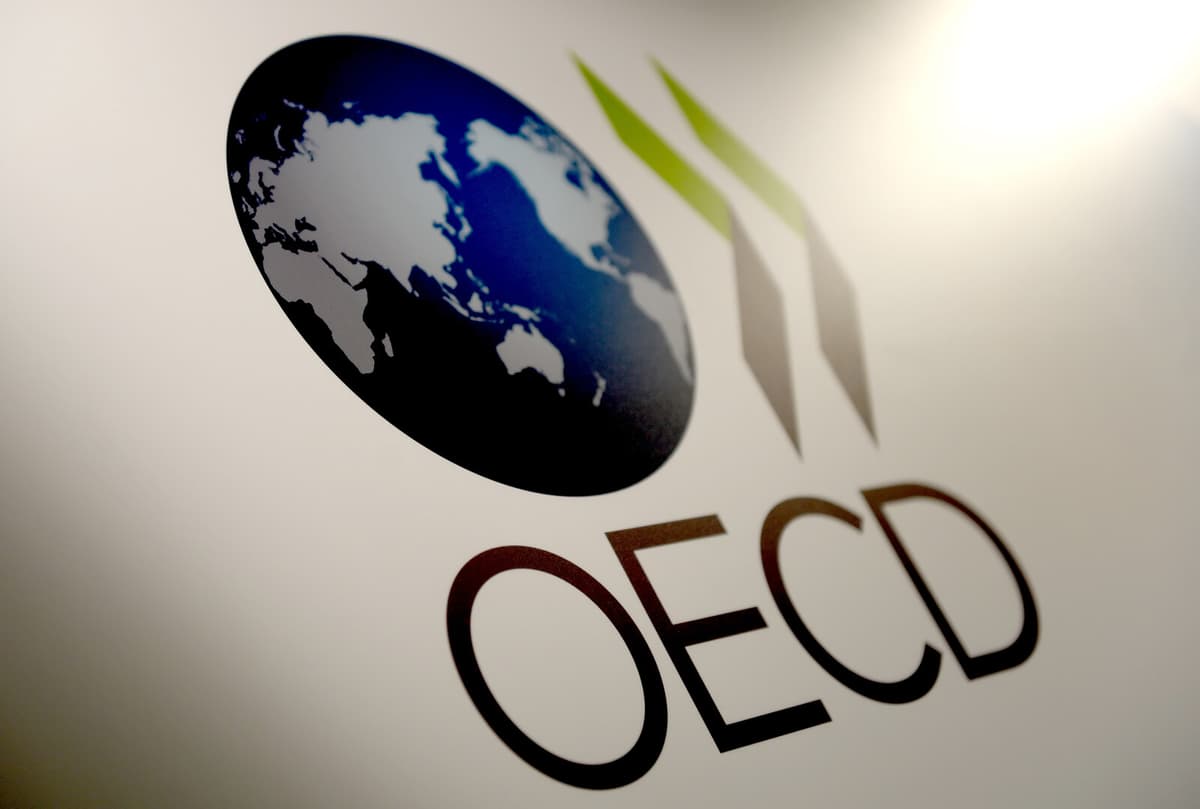The Swedish economy is better equipped to handle the shock, according to the OECD. The forecast here is for growth of 1.6 per cent this year, followed by 2.3 per cent in 2026. This prognosis is based on the assumption that consumption will strengthen as real wages increase and the labour market improves.
However, the government receives criticism from the OECD economists. They acknowledge that it is right to invest in stimulus packages and defence, but that the policy could be more targeted.
"Sweden must address the knowledge gaps among inactive and unemployed adults," writes the OECD in this year's first edition of the Economic Outlook report.
The Swedish Central Bank should be ready to cut
The OECD is also calling for - as previously - easing of regulations regarding the rental market and building permits.
The Swedish inflation rate, excluding food and energy prices, is expected to bottom out at 1.1 per cent this year, to reach the Swedish Central Bank's target level of 2.0 per cent in 2026. Unemployment in Sweden is expected to peak at 8.7 per cent this year, to decline to 8.3 per cent in 2026.
The Swedish Central Bank has done the right thing in waiting with interest rate cuts, according to the OECD, but should be ready to act.
Swedish exports are expected to be dampened by weakened demand in countries such as Germany. And the automotive and steel industries will have to handle increased US tariffs.
In the US, the growth rate is expected to decline to 1.6 per cent this year and 1.5 per cent in 2026, according to the OECD.
Tariffs worsen growth prospects
Inflation risks in the US are expected to peak this year and decline somewhat next year.
Central banks are likely to cut interest rates to boost demand in the weaker growth, according to the OECD. But the US Federal Reserve) should probably leave interest rates unchanged due to inflation risks.
The eurozone's growth will be moderate, at 1.0 per cent in 2025 and 1.2 per cent in 2026. And growth in China is expected to slow down to 4.7 per cent this year, from last year's 5.0 per cent. For 2026, the OECD's forecast for China's growth is even lower: 4.3 per cent.
"According to our simulations, additional tariffs would worsen growth prospects globally even more and fuel inflation," writes the OECD's chief economist Álvaro Pereira, adding that this could dampen global growth further.
The OECD also points to increased risks for countries with weak public finances and an increased risk of negative surprises as stock prices are valued at historically high levels.
The OECD's downward revision of the growth forecast for the global economy this year and next year implies a clear slowdown from the already moderate growth rate globally in 2024. The downturn will be felt in many parts of the world, according to the OECD's economists.
Lower growth and reduced trade will hit incomes and slow down job growth.
The OECD also notes that service inflation has proven harder to bring down than expected, while higher food prices create upward pressure on goods inflation.
Protectionism - trade barriers - drives up inflation pressure, and in countries most affected by new tariffs, inflation may rise before falling back down towards central banks' targets sometime in 2026.
Source: OECD Economic Outlook





